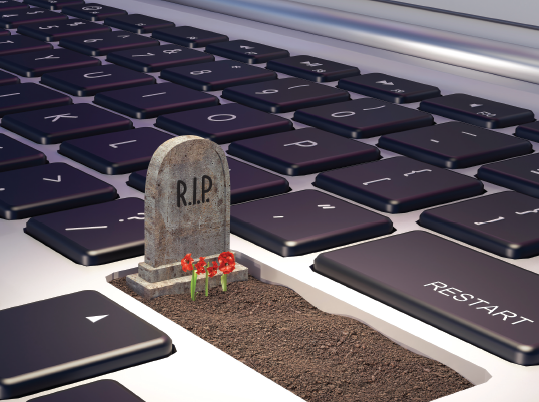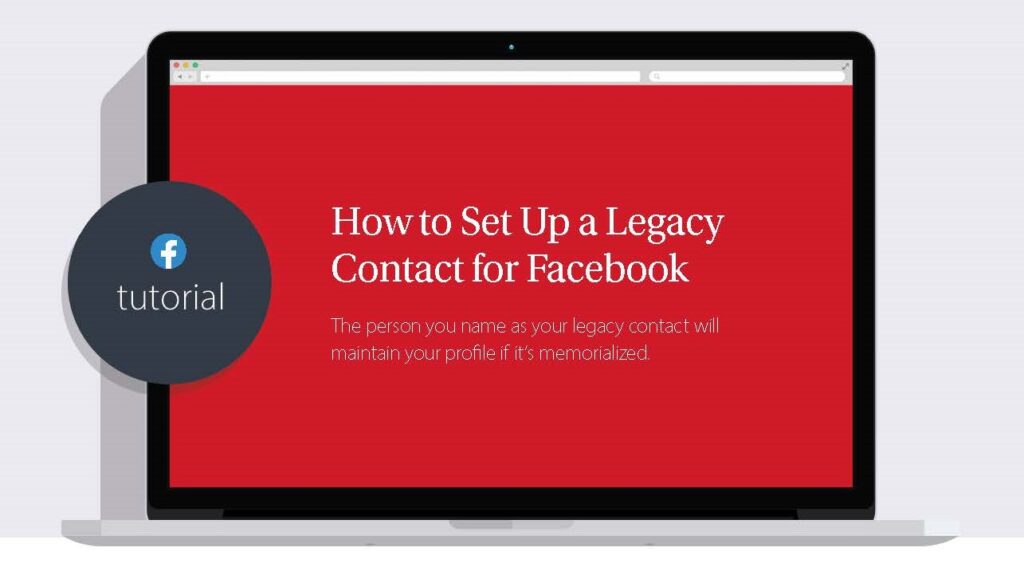- Reliable Neighbors
- 603-529-9911
Plan Your Digital Legacy

Ensure those you leave behind know how to manage your online assets
It may be clear that you need to leave instructions for how to manage your physical belongings after you die. But what about your digital properties? Now’s the time to think about how you want them handled.

Inventory Your Digital Assets
Start to think about all the digital accounts you hold and which of them may need attention after you die. To jog your memory, refer to your search history, password manager, and bookmarks.
Make a Digital Asset Plan
Now, determine how you want each account to be handled. Before you do anything else, check with each service to learn its digital legacy policies. Here are some specific considerations for each type of asset.
Your Computer and Mobile Phone – If you have PINs or passcodes on your devices, they’ll need to be included in your plan. Some hardware and service providers may have easy ways for loved ones to gain access to your digital assets.
For example, according to a recent AARP article, “Apple recently launched a Digital Legacy program that lets you designate up to five trusted people as legacy contacts.”
Social Media Accounts – You’ll need to decide if you want to have your social media accounts memorialized or deleted, and may need to take steps within your account to do so (see sidebar).
Email Accounts – Online accounts like Gmail and Yahoo have specific processes for how your loved ones can terminate the account after you pass on. Check your service’s information about this feature.
Online Communities – You may want to leave an online community with a message, which you can create and include with your digital asset plan.
Bank, Investment, and Utility Accounts – Leave specific instructions about how to access these accounts. The contents of them will be dealt with by the will and the will’s executor will need to access them during probate.
Customer Accounts – Your best bet here is to access each account that you use regularly and research its policy for what happens after you die. If you have an Amazon Prime membership, you may also have photo storage and the streaming service, so think about each of those components as you make your plan.
• Blogs – If you maintain a blog, you might want to ask your digital executor to write a post about your passing.
• Documents and Photos – With sites like Google Docs and Google Photos, you can make plans to preserve files in the cloud or have them deleted.
Designate a Digital Executor
Decide who you want to manage all these accounts on your behalf and name them in your will and in your digital asset plan (if they’re separate documents). Think carefully about who to name, as this person must be very trustworthy and capable of carrying out your wishes, even if other family members have different ideas about how things should go. It helps if they are also technologically savvy.
Consult With an Attorney
If you’re working with an attorney for your estate planning, talk to them about how best to include your digital asset plan. One idea to consider is to create a codicil to your will, which is a legal document that dictates modifications to the document.
So, if you need to change something, such as a new password on your checking account, you can easily do so without having to change the entire will.
Consider a Service
Companies like GoodTrust (mygoodtrust.com) and Everplans (everplans.com) can securely store and manage your digital documents, social media accounts, and websites, along with your will, funeral and medical directives, contact information for doctors and other professionals, and a goodbye email, and deliver them to people you identify upon your death.
Source: aarp.org/home-family/personal-technology/info-2021/remember-digital-assets-in-your-will.html
TUTORIAL – Set Up a Facebook Legacy Contact

Facebook controls have changed recently, with the addition of the Meta Accounts Center. That’s where you’ll find the settings needed to set up your legacy contact.
- Become familiar with what legacy contacts can and can’t do. They can manage a memorialized account, write a pinned post for the memorialized profile, respond to new friend requests, and update the profile picture and cover photo of the account. They can’t log into the memorialized account, remove or edit past posts, read messages, or remove friends.
- You must be Facebook friends with the person you want to assign as the legacy contact. So, if you’re not, use the usual process to friend them.
- Click your avatar in the upper-right corner of any Facebook screen. Select Settings & privacy > Settings.
- Under Settings, click Meta Accounts Center.
- Under Meta Accounts Center, click Personal details.
- Under Personal details, click Account ownership and control.
- In the Account ownership and control box, click Memorialization.
- In the Memorialization box, select your Facebook account.
- In the next Memorialization box, select Memorialize account. Click Next.
- In the Choose a legacy contact box, select the Facebook friend you want to be your legacy contact.
- In the Give permission box, you can choose to give the legacy contact permission to download a copy of your data archive. Click the appropriate selection, then click Save.
- In the Message legacy contact box, a message appears that will be sent to the person you’ve selected. Click Send or, if you prefer, click Skip to skip this step. If you skip it, be sure to let them know another way that you have selected them as your legacy contact.